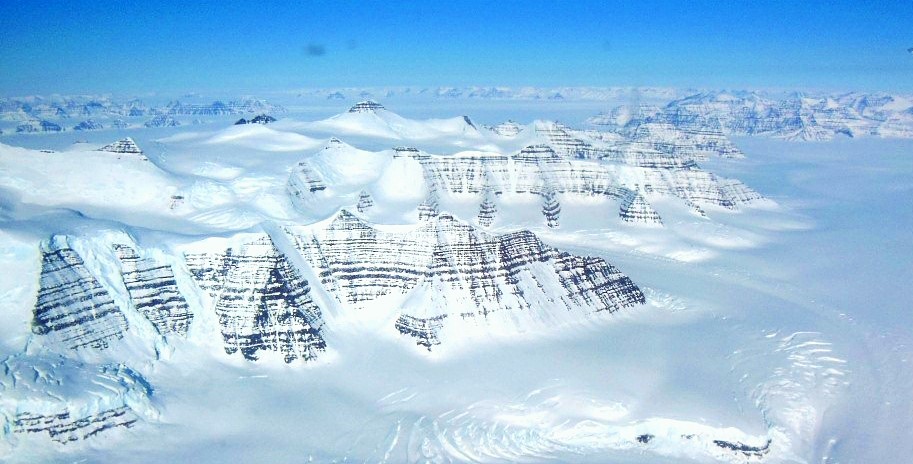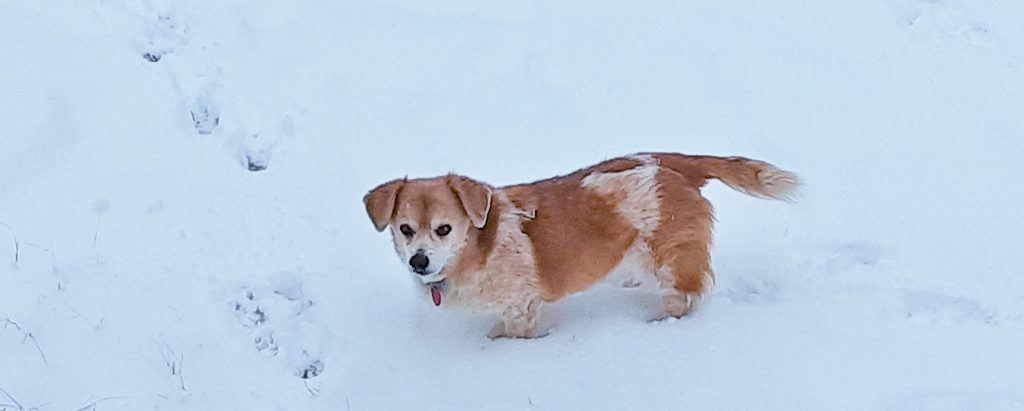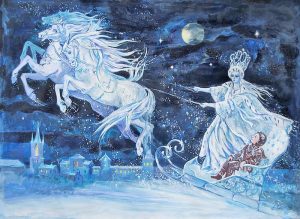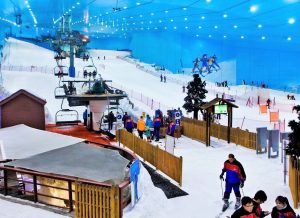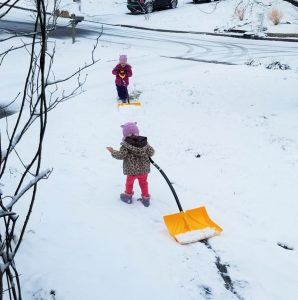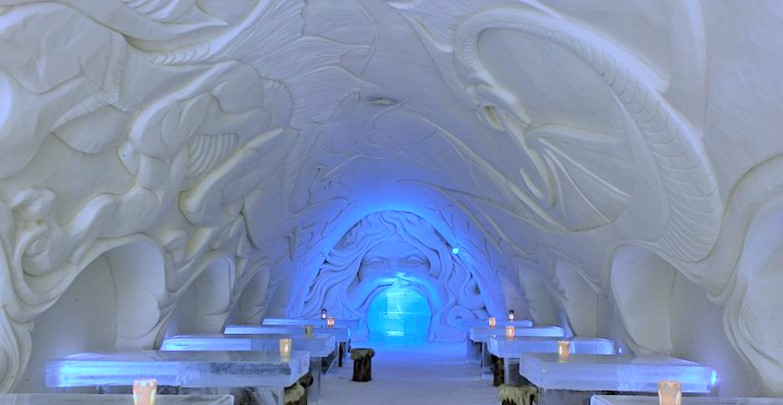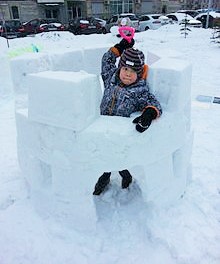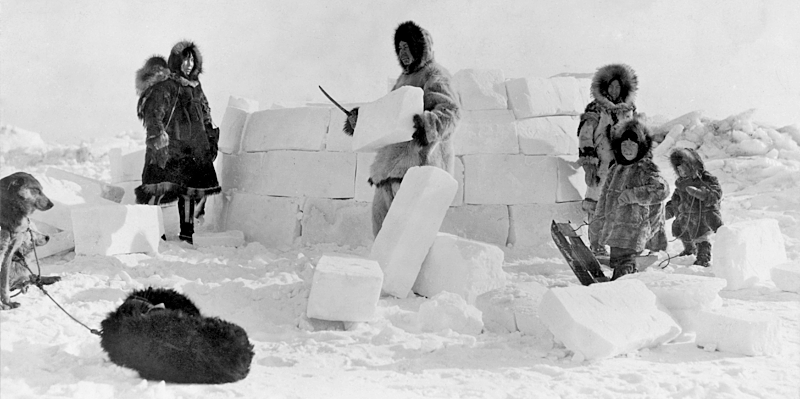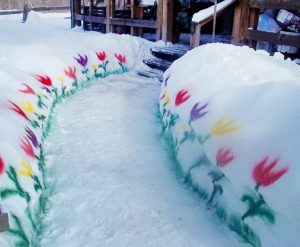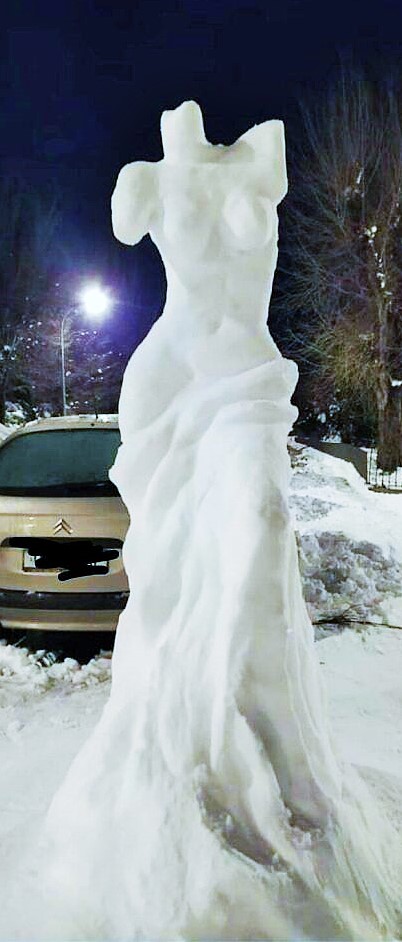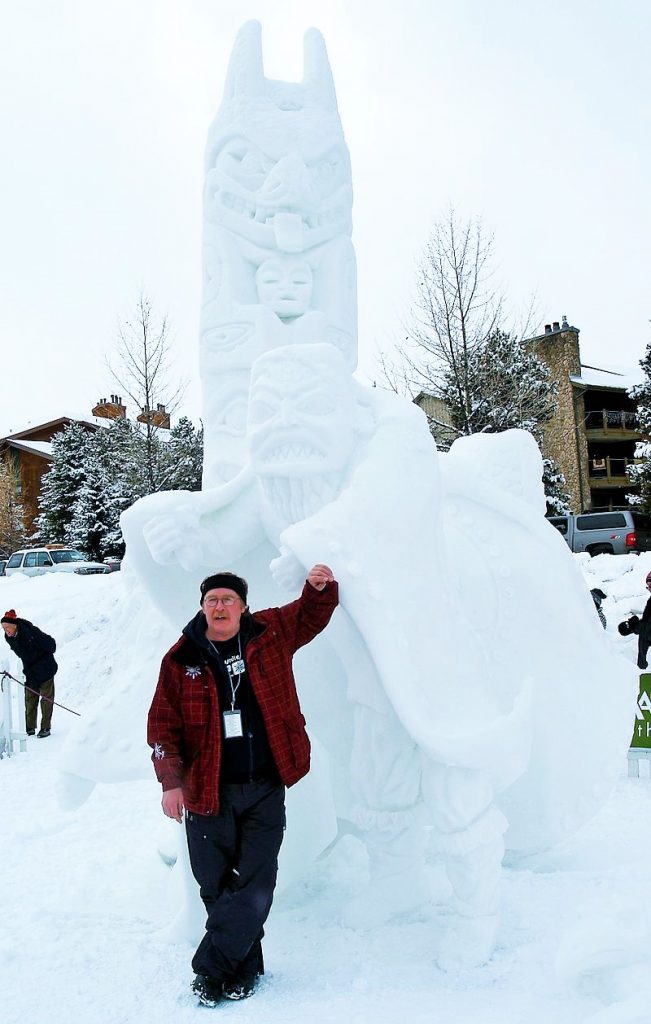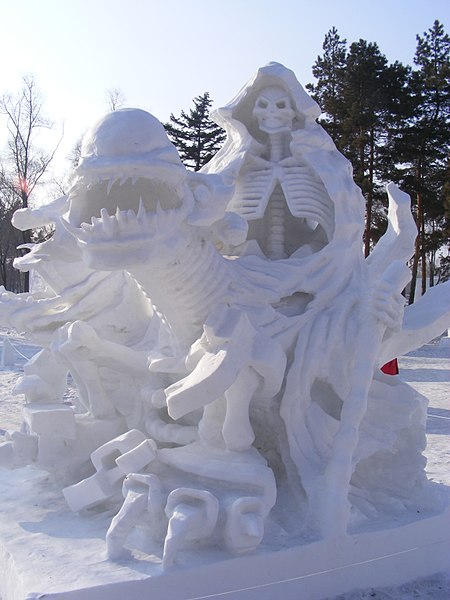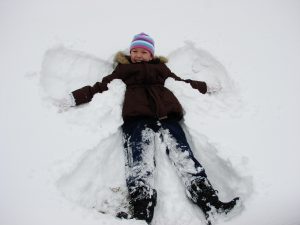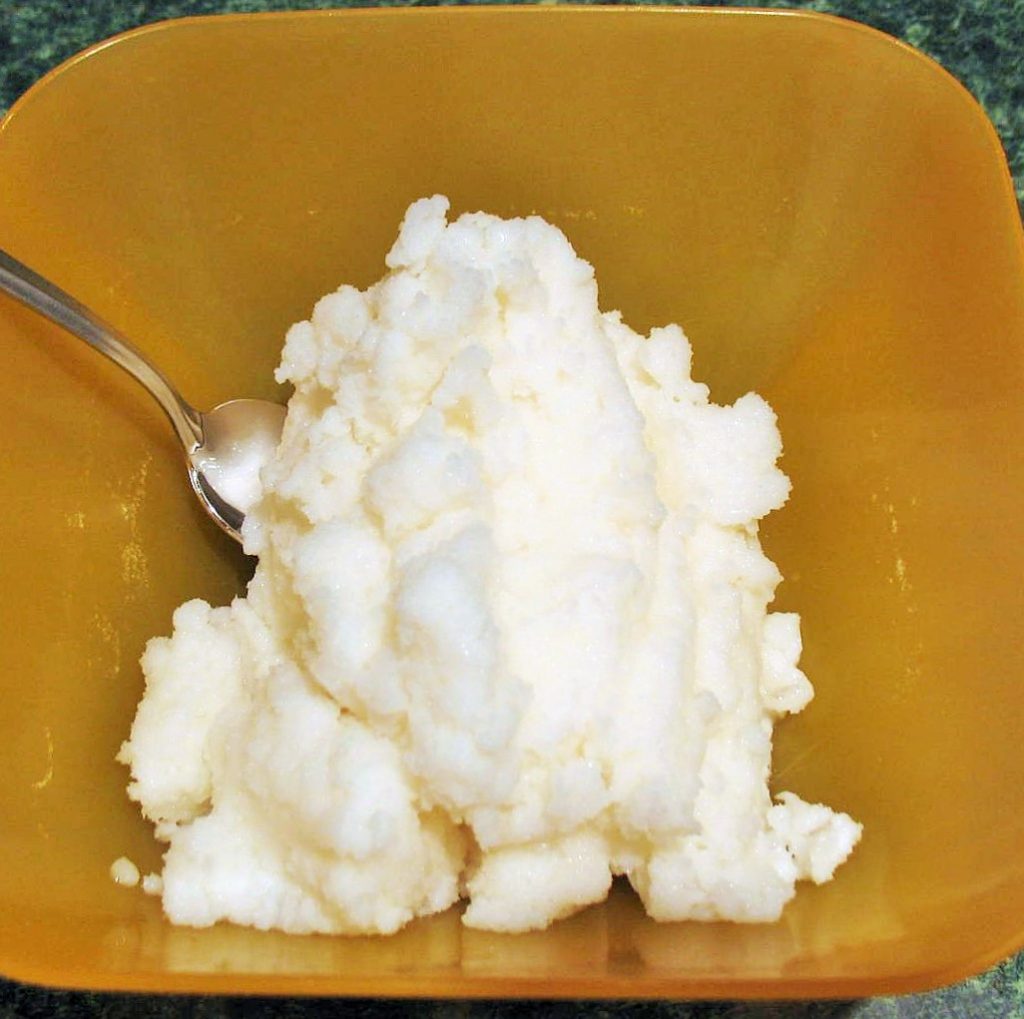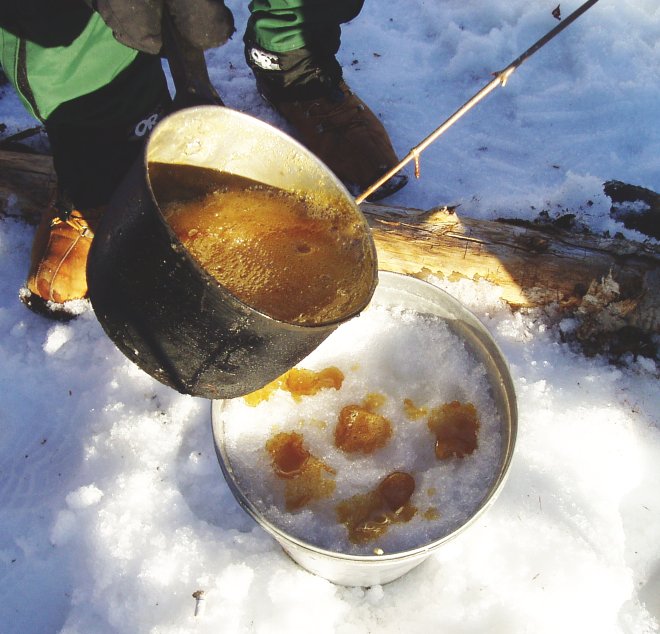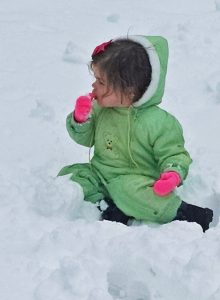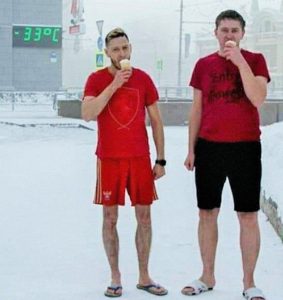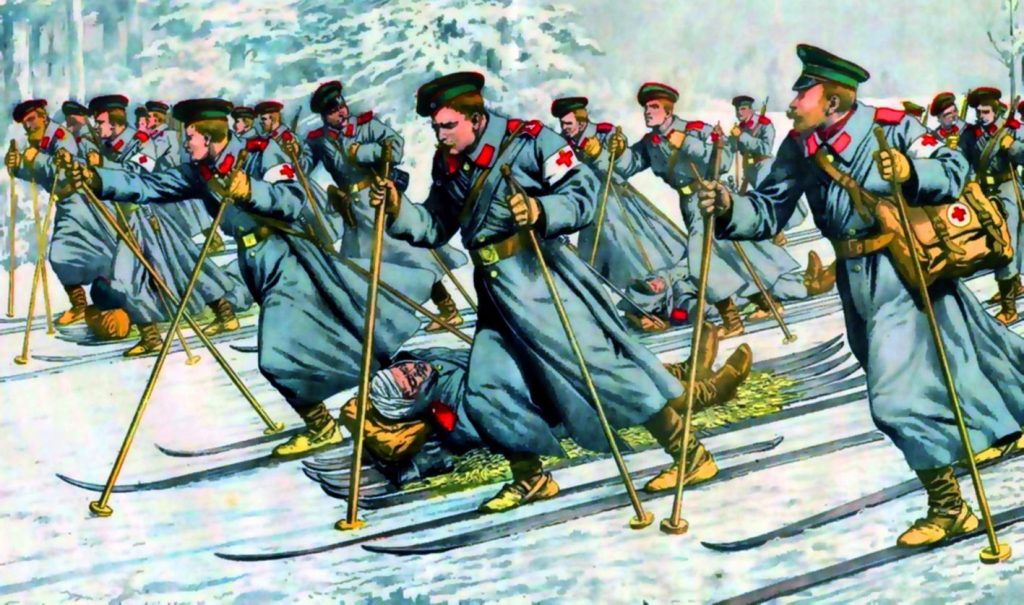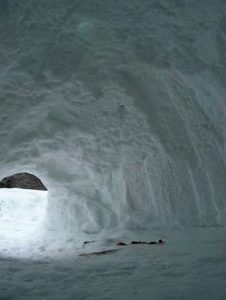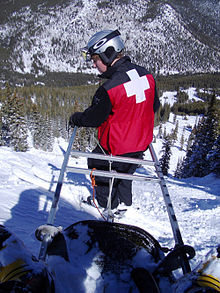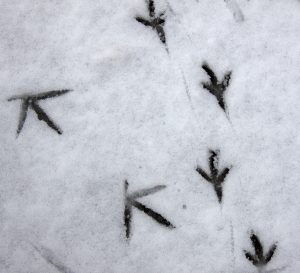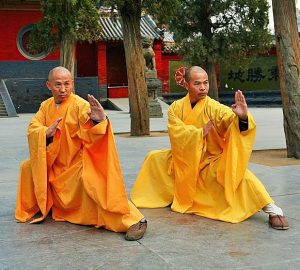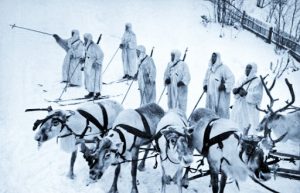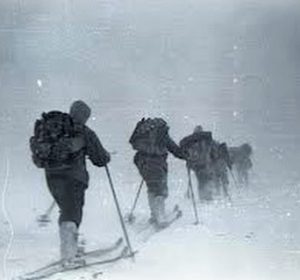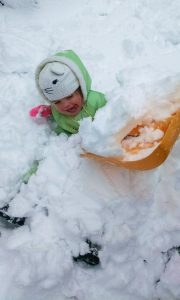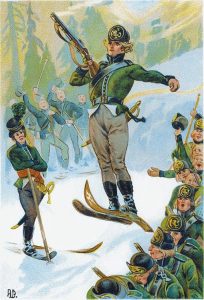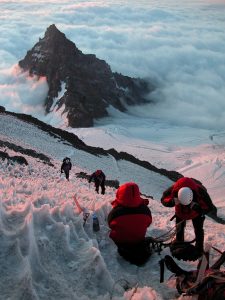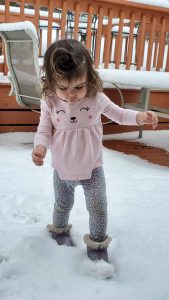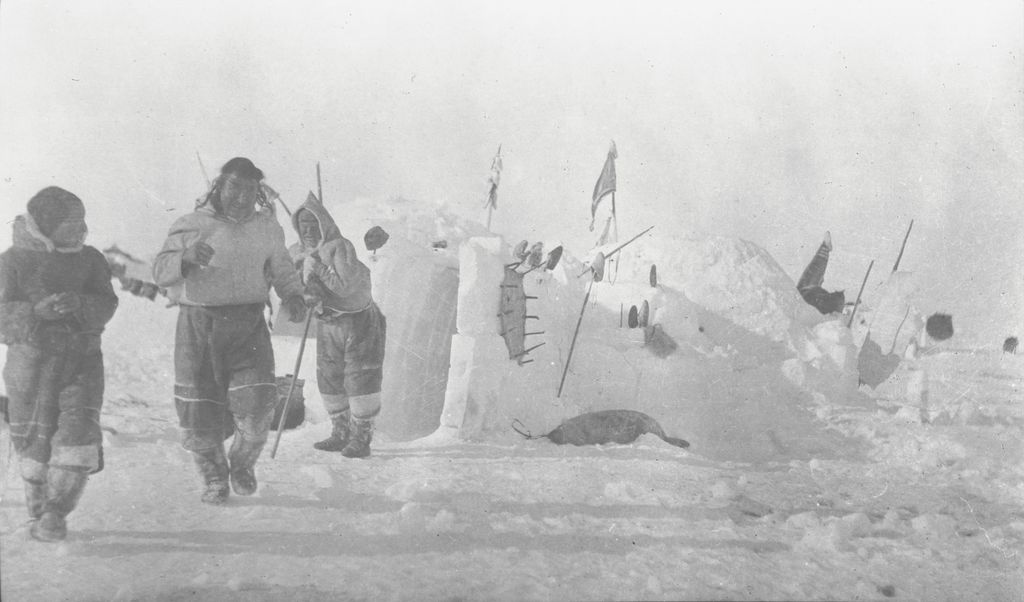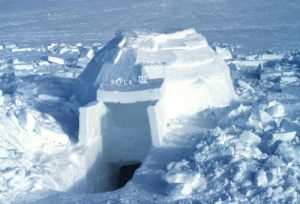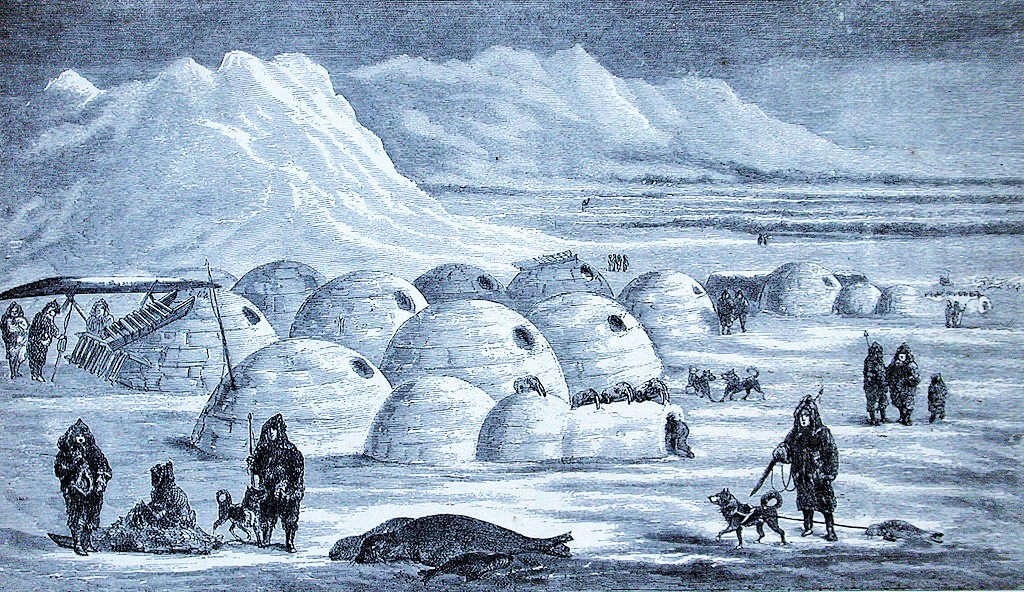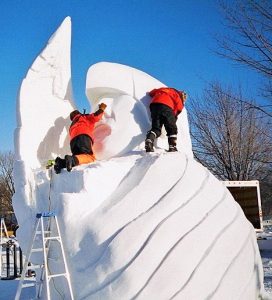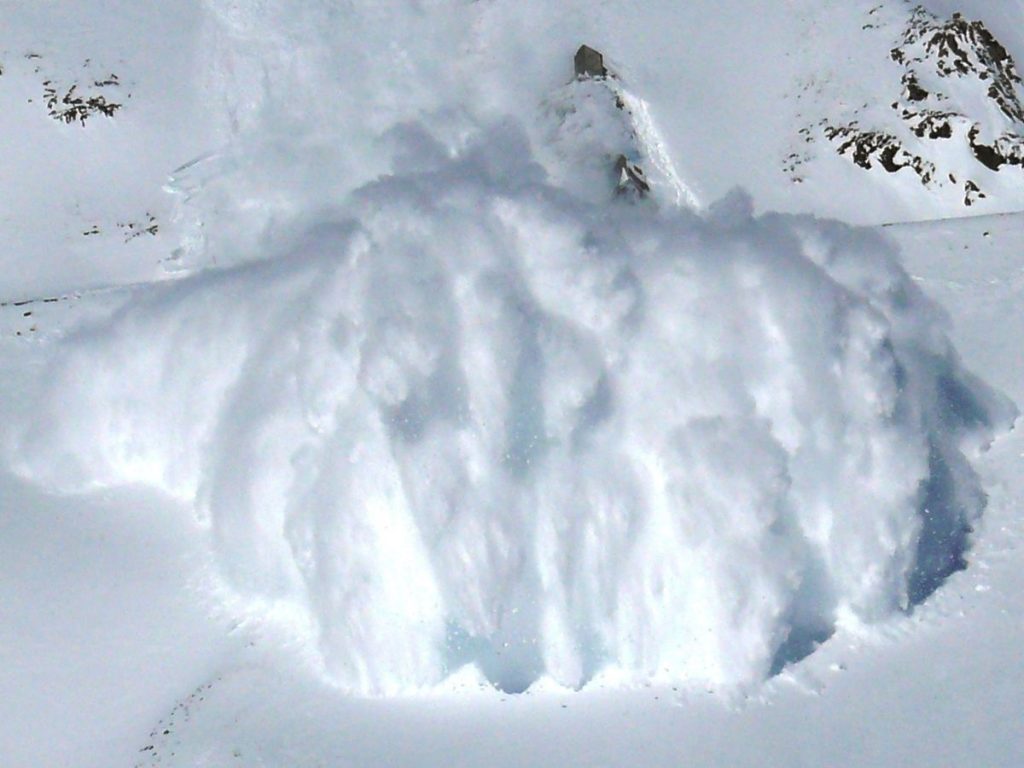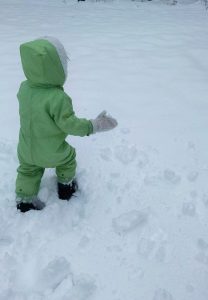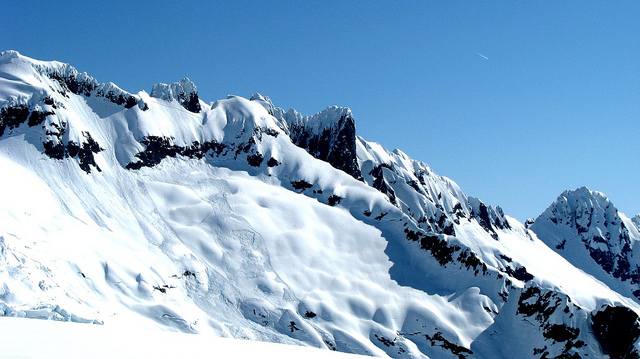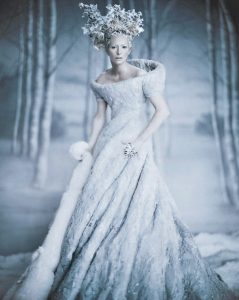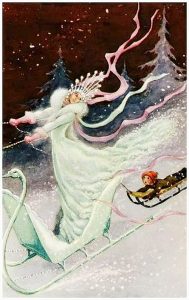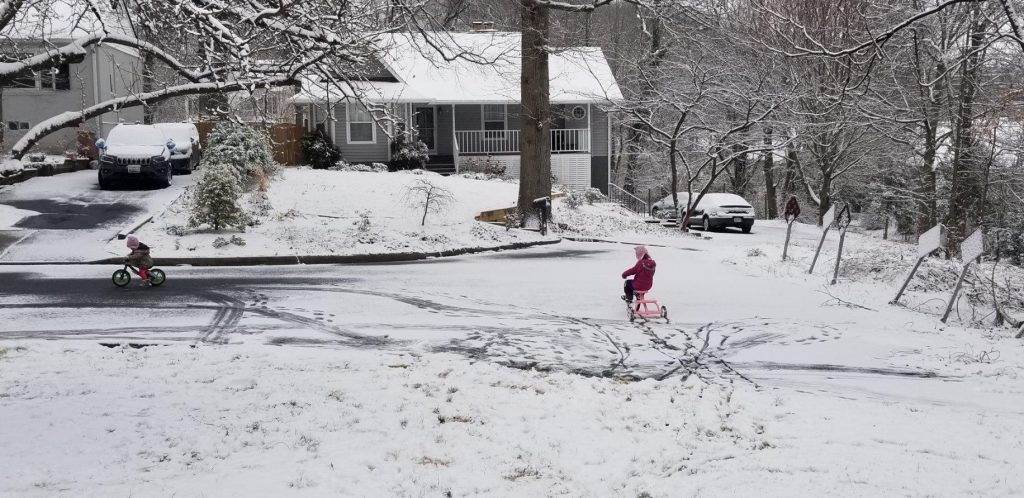By itself, “snow” is a weasel word, like beautiful or bird, that could mean almost anything. And it can be used for almost anything! Eating, recreation, insulation, magic…
Recreation
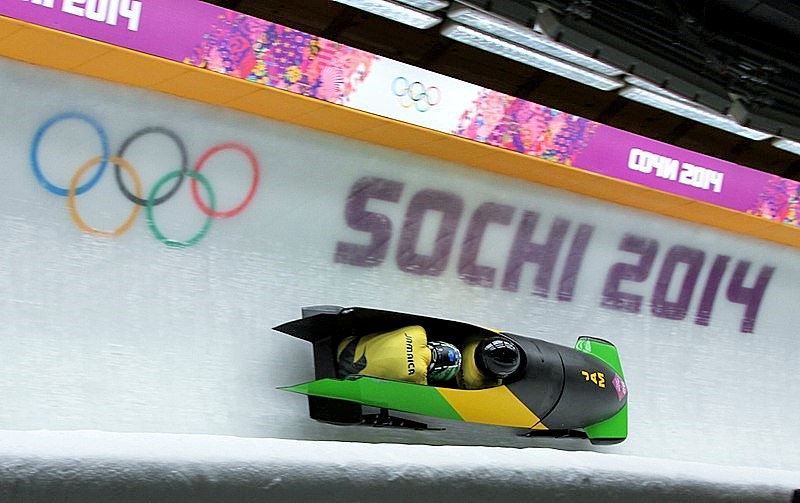
The sports in the Winter Olympics are almost entirely based around snow. Next year (COVID permitting), we’ll be able to watch the very best athletes in the world slide around on crystalized or frozen water. Some of them will jump off a cliff with a bit of plastic strapped to their feet. Some will climb into little tubes and slide down slightly bigger tubes. Some will slide around on two bits of plastic and shoot things.
For those of us who don’t train 50 weeks out of the year, having fun in the snow generally means not sliding quite so fast.
- Sledding
- One of the cheapest and easiest options, sledding only requires a slope/hill and something to sit on.
- If you “borrow” the cafeteria’s trays to go sledding, make sure you return them.
- Snowshoeing
- To get an idea of how to walk in snowshoes, try wearing the flip-flops of someone with huge feet the next time you shovel the sidewalk.
- Snowmobiling
- This is the preferred method of chase for James Bond villains.
- Descending a mountain via snowmobile may be the only method of travel faster than Olympic athletes.
- Skiing
- There are indoor ski slopes in China, Dubai, and the US, so you can ski in the desert in the summer!
- Dog Sledding
- Unless you are a very small child, do not attempt this by attaching a sled to your dog’s leash. No one will be happy with the outcome.
- Child Labor
- For the fullest enjoyment of this spectacle, do the following
- Hold a mug of hot chocolate or coffee, perhaps with a splash of brandy
- Sit in comfort, inside by the window
- Look out at the neighbors’ kids who have been duped into shoving your walk, steps, etc.,
- Listen to their grunts as they strain to lift snow shovels far too big for their tiny hands
- Cackle
- This is surely the most entertaining part of snow!
- For the fullest enjoyment of this spectacle, do the following
Building Material
Depending on the region, snow can be used to build very temporary structures or nearly permanent. Even in areas where snow remains year-round, snow used as a building material is at risk of shifting or compacting.
- Snow Maze
- Fort
- Can use a sand or brick mold to make bricks
- Furniture, most often made by backpackers.
- Want lawn chairs on a break?
- A dinner table in your cook tent?
- With a good avalanche shovel, your dream home is just a little digging away.
- Igloo
- Entire villages can be built of snow domes, which are surprisingly warm inside.
- Temporary shelters can be erected quickly while travelling.
Snow Art
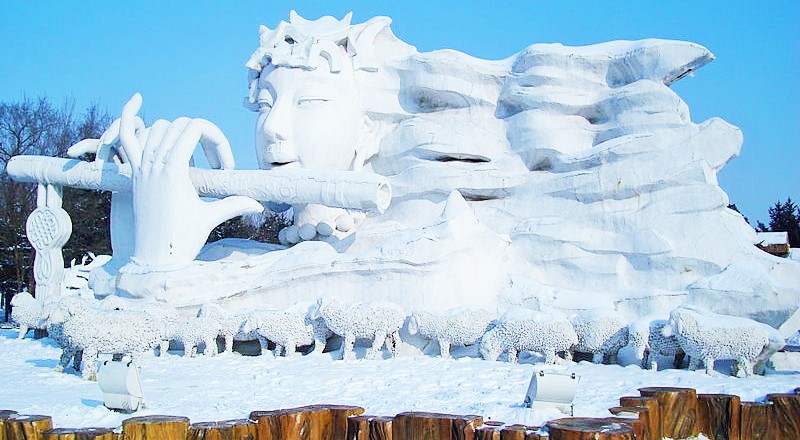
Because of its malleability and lack of color, snow makes an excellent creative medium for a patient artist with steady hands.
- Painting
- Use watercolors or food coloring mixed in water
- The trick is find the balance between freezing the paint and melting the snow
- Sculpting
- Snow sculpture festivals and competitions are held around the world every year
- Some artists can sculpt snow several stories high
- Architecture and sculpture blend together in snow just as in any other building medium
- Snow Angels
- Flop backwards onto fresh snow
- Hope there are no hidden rocks or other nasty surprises under the surface
- Wave arms and legs to create wings and a skirt shape
- Look ridiculous as you attempt to stand without stepping on and ruining your creation
- Flop backwards onto fresh snow
Eating Snow
Make sure it’s clean and uncontaminated. Best is fresh and away from traffic and animals. (You heard it here first: don’t eat yellow snow.)
- Basic Hydration
- Consumed as is or melted in whatever quantity
- Snow Cones/Slushies
- The most obvious culinary choice.
- Although most often made with shaved ice, they can be made with actual snow.
- Adults might want a beer version; see recipes online.
- Snow Cream
- Much like ice cream:
- Heavy cream or milk, real sugar or Splenda, with or without eggs
- The basic version includes vanilla
- Best made in an ice cream maker
- Get precise directions from Granny or online
- Much like ice cream:
- Candy
- Boil honey or maple syrup in a pot and pour it onto fresh, packed snow
- It will freeze into a chewy, toffee-like treat
- Lighten Pancakes
- Fold a cup of snow into pancake batter directly before adding it to the pan
- The water and air content will give your flapjacks a lighter texture
- Margaritas or Daiquiris
- Recipes online
- Anything you would use shaved or crushed ice for
- In extreme circumstances, eating snow can temporarily ease hunger pain
Snow for Survival
Consult backpacker sites or magazines for a plethora of uses specific to campers, but here are a few more general examples.
- Insulation
- Snow has high air content (up to 95 percent by volume) making it an excellent insulator.
- To survive outdoors, dig a trench to escape high winds or carve a snow cave into a deep drift by tunneling parallel to the ground. You’ll need to insulate your body from the frozen tunnel floor.
- People have been known to survive an avalanche this way.
- Personal hygiene
- Unlike a dead leaf or smooth stone, snow is moldable, and the white color makes it easy to monitor a thorough cleaning.
- There is also no danger of grabbing poison ivy snow by mistake!
- Medical
- Reduce swelling
- Compress snow and apply it to injuries to calm inflammation
- Wrap the snow in a towel or bandana to prevent damage to tissues
- Cleaning wounds when nothing else is available
- Lowering core body temperature in case of fever
- Keep food or drink cold
- Refill aquifers for summer water reserves
- Tracking
- Human
- Dog
- Cat
- Rabbit
- Squirrel
- Deer
- Sasquatch or Yeti
- Any animal that frequents the area
Military

Snowballs are said to have been the first missiles at the Boston Massacre in the Revolutionary War. Impromptu weapons are not the only military use of snow. Armies in countries with lots of snow tend to learn how to use it to their advantage.
- Northern Shaolin Temple
- Northern Style Shaolin Kung Fu differs from Southern Style in many ways, including the adaptations for terrain.
- In northern China, Shaolin temples tend to be in areas with cold, snowy, rocky mountains.
- Kung Fu learned under these conditions requires stronger legs and compensating for thick, warm clothing.
- Winter War (1939-1940)
- Finnish skiiers with submachine guns repelled invading Soviet troops in the Winter War.
- According to legend, Soviet soldiers carried a how-to manual for skiing in their packs.
- The Finns found these manuals highly amusing.
Killer Snow
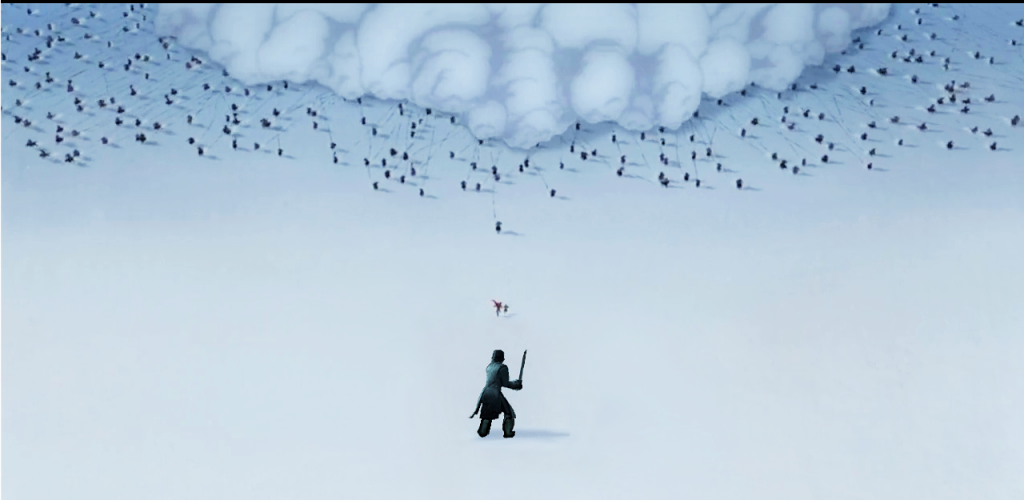
Believe it or not, snow is generally accompanied by rather cold weather. It can also make travel a bit inconvenient. These conditions, along with unstable surfaces, mountain terrain, decreased visibility, and changing landmarks make snow potentially deadly, even for experienced snow-dwellers.
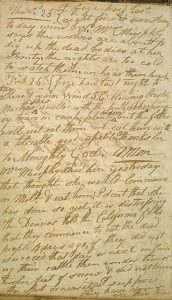
- Donner Party
- American migrants in a wagon train from Missouri to California in 1846-1847
- Only 47 of the original 84 migrants survived the winter
- The wagon train was snowbound near Truckee Lake in the Sierra Nevada Mountains
- Many migrants died of sickness, hypothermia, and starvation in the snow-bound camp
- Some survivors claimed that they had resorted to cannibalism during the winter
- After rescue, some survivors changed their stories repeatedly, sometimes admitting to cannibalism and sometimes denying it ever occurred
- Archaeologists and historians have not been able to state definitively whether members of the Donner Party actually resorted to cannibalism
- Dyatlov Pass Incident
- A group of nine hikers died mysteriously in the Ural Mountains in 1959.
- The hike was meant to be the final step in earning the highest certification for hiking instruction, so all participants were very skilled and able.
- Their tent was found ripped open from the side and flattened.
- All of the bodies were found wearing inadequate clothing, some without shoes or coats.
- The bodies were discovered in several places on the mountain, some very far from the camp.
- Several of the bodies had no sign of injury; others had very strange, unexplained injuries.
- Soviet authorities called a halt to the investigation and sealed all records.
- Snowdrops
- Alcoholism often goes along with extreme winter weather
- A drunk person who falls down or falls asleep outside in the snow is likely to die of hypothermia quickly
- Heavy snowfall would soon cover the body, not melting all winter
- In spring, when snow begins to melt, corpses are uncovered
- This is so common in some communities that these corpses are called snowdrops
- This is also a good method to get rid of a body, destroying murder evidence
Language of Snow
Ski Snow
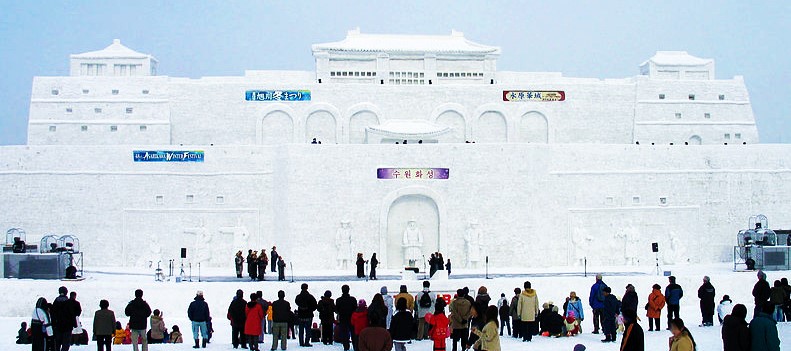
As with so many things, the more important something is in our own lives, the more precise our language and the finer the distinctions we make. For example, skiers and snowboarders: for these people, snow and its condition are so important that they have a vocabulary all their own.
- Powder
- Freshly fallen snow, the preferred kind
- Champagne powder
- Extremely light, fluffy powder
- The best
- Usually found in Utah, Colorado, and British Columbia.
- Hero snow
- A lot of powder, ideal for doing tricks because it gives a soft landing
- Freshies/untouched
- Untracked powder
- Packed powder
- They had powder the day before that is now compacted
- Bumpy, choppy, or tracked out
- Usually occurs later on a powder day when hoards of people have gone through
- Makes the athlete bounce around and gives knees a workout
- Concrete
- Heavy, deep snow that feels like riding through concrete
- Corduroy or cord
- Ridges in the snow left by groomers
- They create sound and sensation under your feet
- Crust
- After the snow has softened a little, when it gets cold again, leaving an icy layer on top
- Dust on crust
- A bit of fresh snow on top of hard, icy snow
- Dusting
- A tiny bit of new snow that probably won’t last more than an hour or so
- Groomers
- A run that has been groomed, giving a smooth, easy ride
- Hard pack
- Snow compressed so much it doesn’t move when stood on; requires good edges
- Sticky
- Feels like sticky tape on skis or board, making runs slow
- Ice
- Frozen snow, makes for hard landings
- Slush or spring snow
- Wet, soft, very forgiving
- Man made
- Actually machine made
Inuit Snow
No doubt you have heard/read that Eskimos have a huge number of words for snow. This is more or less true. In fact there are several languages in a family of Eskimo-Aleut languages. For this group of languages, “snow” is an example of polysynthesis: a base word attached to suffixes that clarify the meaning.
So, what in English might take a phrase or a whole sentence to communicate can be accomplished in fusional languages with one (sometimes quite long) complex word. Readable.com gives these not-so-long examples:
- Qanuk: ‘snowflake’
- Kaneq: ‘frost’
- Kanevvluk: ‘fine snow‘
- Qanikcaq: ‘snow on ground’
- Muruaneq: ‘soft deep snow‘
- Nutaryuk: ‘fresh snow‘
- Pirta: ‘blizzard’
- Qengaruk: ‘snow bank’
Weather Snow
The type of snow is often important, for reasons I’ll go into below.
- Powder snow
- Crud: the next phase from powder
- Graupel: also called snow pellets or soft hail
- Crust
- Slush: snow that has started to melt and therefore becomes more wet
- Ice
Often, the most salient feature of snow is how it comes down, because this determines how we function in it. Business and school closures, road safety, transportation delays, power outages, physical injuries (with accompanying ambulance and hospital activity), and structural damage all depend heavily on the type of snow.
The National Snow and Ice Data Center (NSIDC) recognizes these types of snowfall:
- A blizzard is a violent winter storm, lasting at least three hours, which combines subfreezing temperatures and very strong wind laden with blowing snow that reduces visibility to less than 0.40 kilometers (0.25 miles).
- A snowstorm features large amounts of snowfall.
- A snow flurry is snow that falls for short durations and with varying intensity; flurries usually produce little accumulation.
- A snow squall is a brief, but intense snowfall that greatly reduces visibility and which is often accompanied by strong winds.
- A snowburst is a very intense shower of snow, often of short duration, that greatly restricts visibility and produces periods of rapid snow accumulation.
- Blowing snow describes airborne snow particles raised by the wind to moderate or great heights above the ground; the horizontal visibility at eye level is generally very poor.
- Drifting snow is snow on the ground that is blown by the wind to a height of less than 1.5 to 2 meters (5 to 6.5 feet) above the surface.
In extreme cases, rural or mountainous communities may be cut off from their neighbors for weeks or months at a time by heavy snow.
Magic Snow
- Wet, sticky snow gathered during a raging blizzard might be used in workings related to high energy and power
- A jar full of light fluffy snow collected during a soft, quiet snowfall could be incorporated into a ritual for peacefulness and tranquility
- Snow in divination
- In love spells
- In beauty spells and infusions of lemon balm, rosemary, and basil and add to bath when moon is waxing or full
- Can be frozen in ice cube trays for later use
- To make ice candles
- Make a snowman or snowman to use as a magical poppet to guard the entrance
- Make bad habits into snowballs and throw them away
- Use actual snow as you would quartz crystals in work related to wishes and goals
- Write the name of a nuisance on a slip of paper, pack it in snow in a jar or bowl, place in a bag in the freezer to “chill out.”
- Freeze some snow in a bag or jar for use later on in the year, when fresh snow isn’t available
Go for a walk in the woods to enjoy the silence, and the magic of the snowfall, and perhaps receive messages from the Divine.

Moran (Marzana) Slavic goddess of winter and snow 
Khione (Chione) Greek nymph of snow, daughter of the North Wind 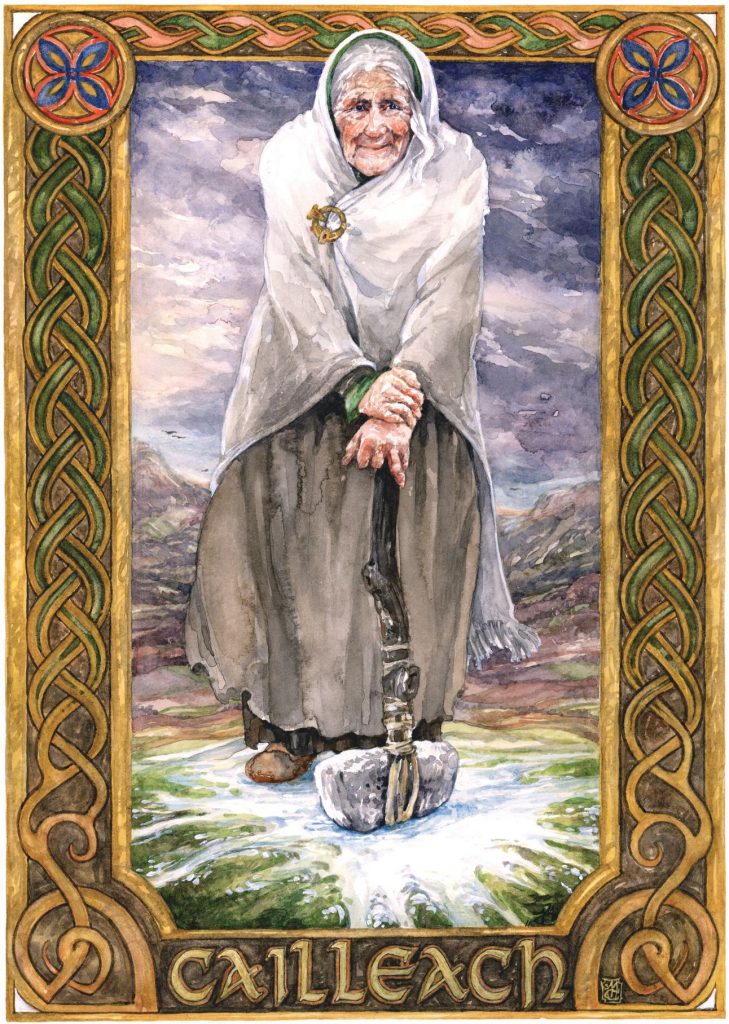
Cailleach Bheur, Celtic goddess of winter and snow 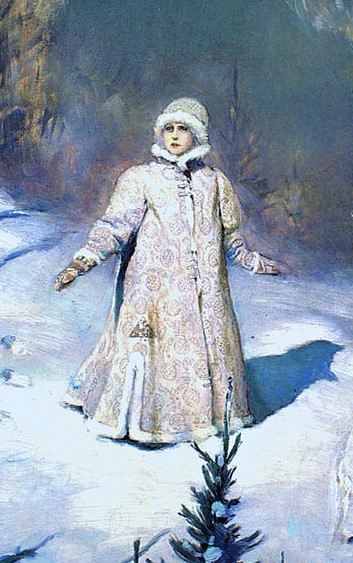
Snegurochka, Russian snow maiden 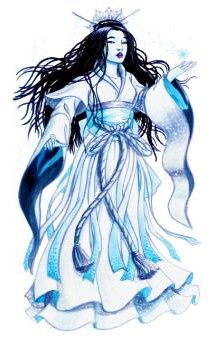
Kuraokami, Japanese dragon goddess of snow and rain 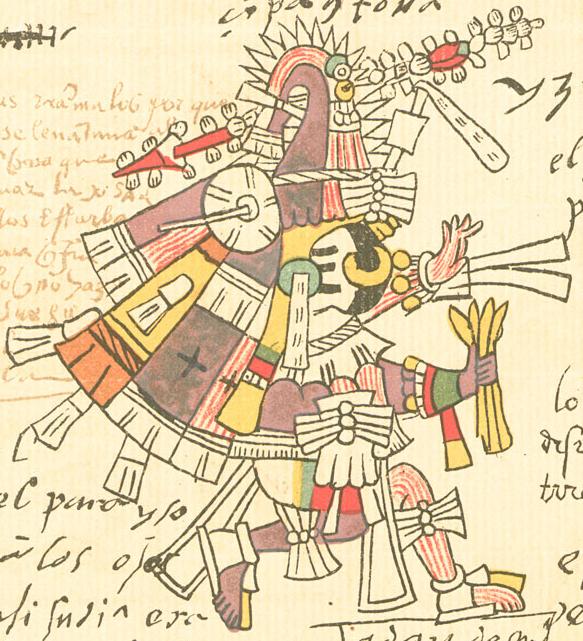
Itztlacoliuhqui, Aztec god of snow, winter, and death
Bottom line: Consider the multitude of ways snow is and/or can be part of your life.
